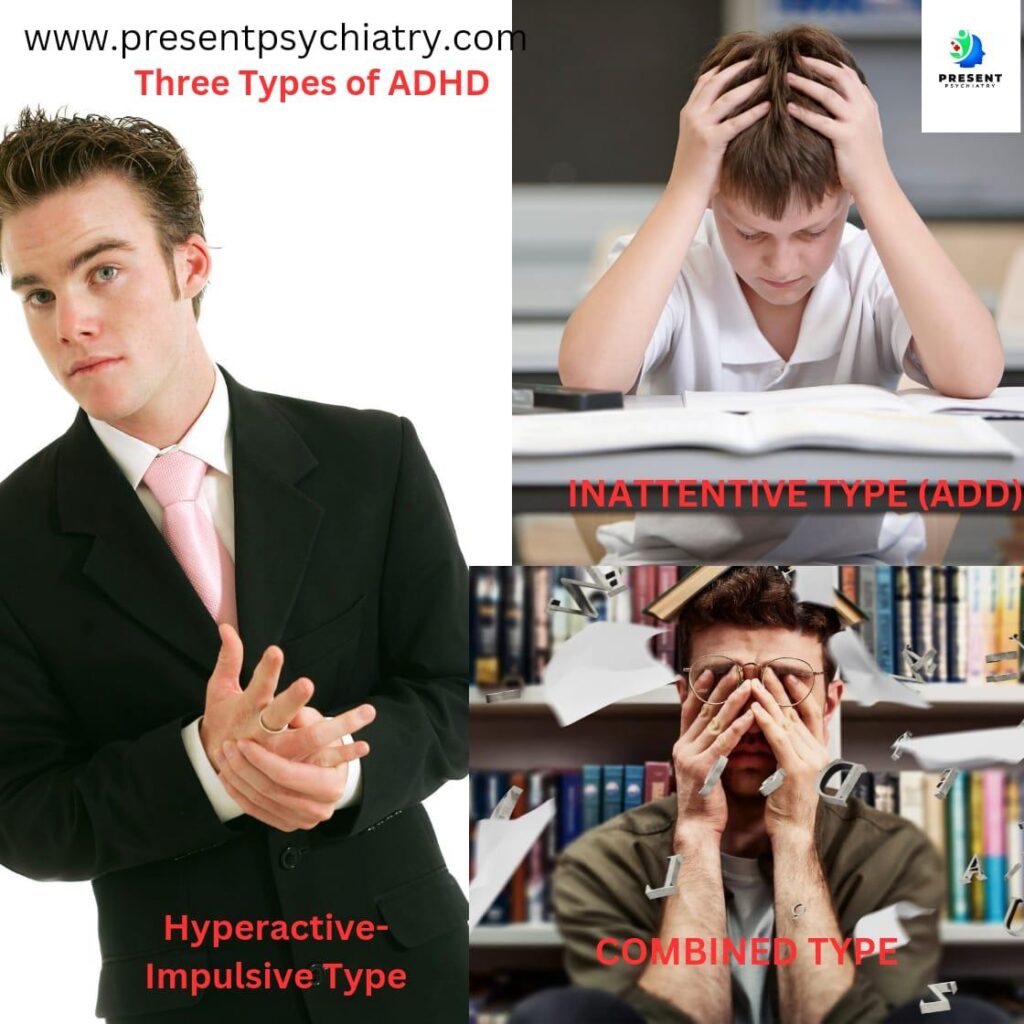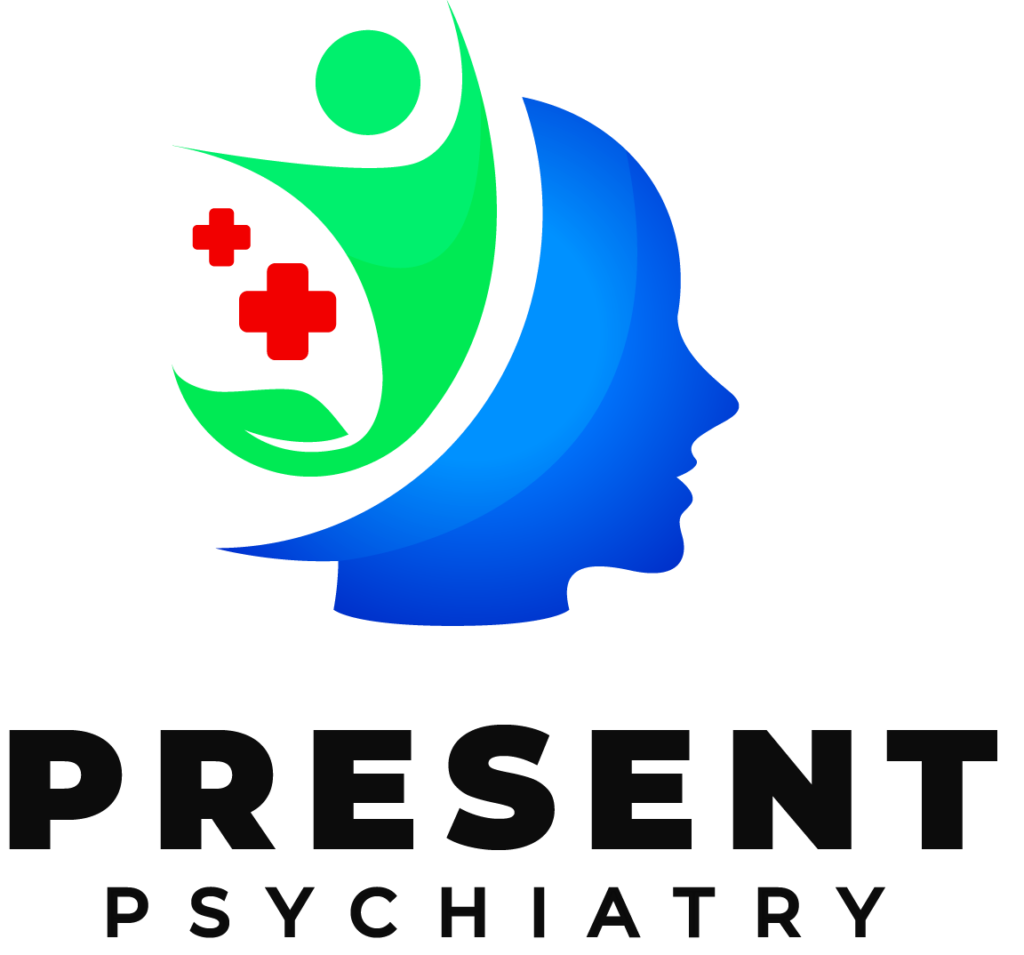What is ADHD? An Overview of Its Impact
Attention Deficit Hyperactivity Disorder (ADHD) is a complex neurodevelopmental condition that affects millions of individuals worldwide. It is characterized by persistent patterns of inattention, hyperactivity, and impulsivity, which significantly disrupt daily functioning in various aspects of life, such as academic performance, relationships, and work. According to the National Survey of Children’s Health, ADHD diagnoses in U.S. children aged 4-17 have seen a significant rise, with the prevalence increasing by 42% from 7.8% in 2003 to 11.0% in 2011. This surge highlights the growing awareness and need for effective diagnosis and treatment of ADHD.
The Rising Prevalence of ADHD in the U.S
The increasing rates of ADHD diagnosis across the United States reflect not only better awareness and identification of the disorder but also the urgent need for effective solutions. ADHD is not a passing childhood phase but a chronic condition that affects individuals across their lifespan, leading to academic struggles, emotional difficulties, and social challenges if left untreated.
Understanding the Three Types of ADHD

ADHD is typically divided into three distinct types: the Inattentive Type, the Hyperactive-Impulsive Type, and the Combined Type. Each type presents its own unique set of challenges.
• Inattentive Type: This type is marked by difficulty focusing, staying organized, and following through on
tasks. Individuals with this type often seem distracted, forgetful, and disorganized. They may struggle to
finish schoolwork, forget instructions, or leave tasks incomplete.
• Hyperactive-Impulsive Type: Individuals with this type exhibit excessive physical energy, such as
fidgeting, squirming, and difficulty sitting still. They tend to interrupt conversations, talk excessively, and
act without thinking, often leading to social and academic difficulties.
• Combined Type: As the name suggests, this type involves symptoms from both the Inattentive and
Hyperactive-Impulsive types. Individuals with Combined Type ADHD face the most challenges, as they
must manage both inattention and impulsive behaviors, which can significantly impact their ability to
function effectively in different environments
Causes of BPD
The exact cause of BPD is not fully understood, but it is believed to arise from a combination of genetic, environmental, and social factors:
- Genetics: There is evidence suggesting that BPD may run in families, indicating a possible genetic predisposition.
- Childhood trauma: Many individuals with BPD report histories of traumatic experiences, such as abuse, neglect, or significant losses during childhood.
- Brain structure and function: Studies have shown abnormalities in the brain regions responsible for emotional regulation and impulse control in individuals with BPD.
- Environmental factors: Stressful or unstable environments, especially during developmental years, may contribute to the development of BPD.
Common Signs and Symptoms of ADHD
ADHD typically presents itself before the age of 12. The hallmark signs include difficulty focusing, not listening, carelessness, and incomplete tasks. Individuals often show poor time management and organizational skills, which can cause frustration at home and school. Additionally, hyperactive-impulsive symptoms like fidgeting, inability to stay seated, excessive talking, and interrupting others are common. These behaviors can significantly disrupt daily activities, affecting academic performance and social relationships.
ADHD across the Lifespan: How Symptoms Evolve with Age
As children with ADHD grow older, their symptoms may evolve. In adolescence, ADHD can lead to difficulties in managing academic pressure and maintaining social relationships. The inability to focus on tasks, poor organization, and impulsivity may lead to lower self-esteem and more significant challenges in school. For adults, the disorder often manifests in struggles with time management, organizational skills, and maintaining professional or personal relationships. ADHD symptoms can affect job performance and personal well-being if left unaddressed.
Causes and Risk Factors of ADHD
While the exact cause of ADHD remains unclear, research suggests that genetic factors, brain structure and function, and environmental influences may contribute to its development. ADHD often runs in families, indicating a genetic predisposition. Brain imaging studies have shown differences in brain activity in individuals with ADHD, particularly in areas responsible for attention and impulse control. Additionally, factors such as prenatal exposure to tobacco, alcohol, or drugs, low birth weight, and lead exposure may increase the risk of developing ADHD.
ADHD Treatment Options: Medication and Therapy
Effective treatment for ADHD typically involves a combination of medication and behavioral therapy.
• Stimulant Medications: These are the most commonly prescribed for ADHD. Stimulants work quickly to increase dopamine and norepinephrine levels in the brain, which improves focus and impulse control. Medications such as Adderall, Ritalin, and Vyvanse fall into this category. While stimulants are highly effective, they may have side effects like appetite suppression, insomnia, or potential misuse.
• Non-Stimulant Medications: For individuals who do not respond well to stimulants or who are at risk of misuse, non-stimulant medications like Strattera and Intuniv may be prescribed. These medications work more slowly but provide longer-lasting effects with fewer side effects and a lower risk of abuse.
Behavioral Management and Support Strategies
In addition to medication, behavioral therapy plays a critical role in managing ADHD. For children, parent training in behavior management can help create a structured environment that encourages positive behavior. Techniques such as creating routines, using rewards for good behavior, and establishing clear expectations can be highly effective. Classroom interventions like breaking tasks into smaller steps, using visual aids, and providing extra time for assignments can help children with ADHD succeed academically. Peer interventions and sports therapy can also assist adolescents in developing self-regulation and social skills.
For adults, psychotherapy combined with strategies to improve organizational skills and time management is
beneficial. Adults with ADHD can learn coping mechanisms to manage their symptoms, such as using planners, setting reminders, and breaking tasks into manageable steps.
The Role of Professional Help in Managing ADHD
ADHD is not something that should be tackled alone. Professional intervention is essential for managing the disorder and helping individuals thrive. A psychiatrist or psychologist can provide an accurate diagnosis and recommend the most appropriate treatment plan. At Present Psychiatry, our team of mental health professionals is equipped to guide you through the process of managing ADHD. Whether through therapy, medication, or a combination of both, we are here to provide the support and expertise needed to improve your quality of life.
Hope and Progress: Living with ADHD
ADHD does not define an individual’s potential. With the right treatment and support, individuals with ADHD can thrive and succeed. Many people with ADHD lead fulfilling lives, excelling in academics, careers, and personal relationships. It’s important to understand that with the proper interventions, ADHD symptoms can be effectively managed, and individuals can reach their full potential. As Rizwan Ali, founder of Present Psychiatry, aptly puts it, “ADHD is not a failure to focus; it is a call for tailored support and understanding. With the right approach, every individual can thrive.” If you or a loved one is struggling with ADHD, don’t hesitate to reach out to Present Psychiatry. Professional help is available and with the right the reatment plan, there is hope for overcoming the challenges ADHD presents.
Post Tags :
WE STRIVE HARD AND PROMISE TO DELIVER
- 5600 NW Central Dr Suite 280, Houston, TX 77092, United States
- +1 832-552-1578
- inquire@presentpsychiatry.com



